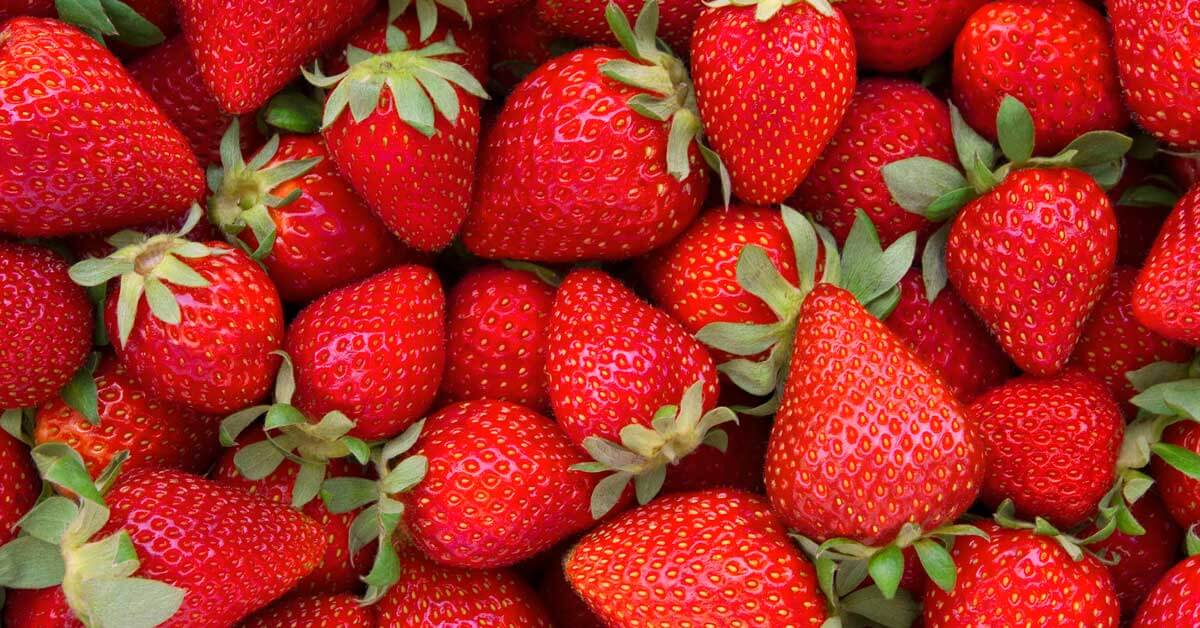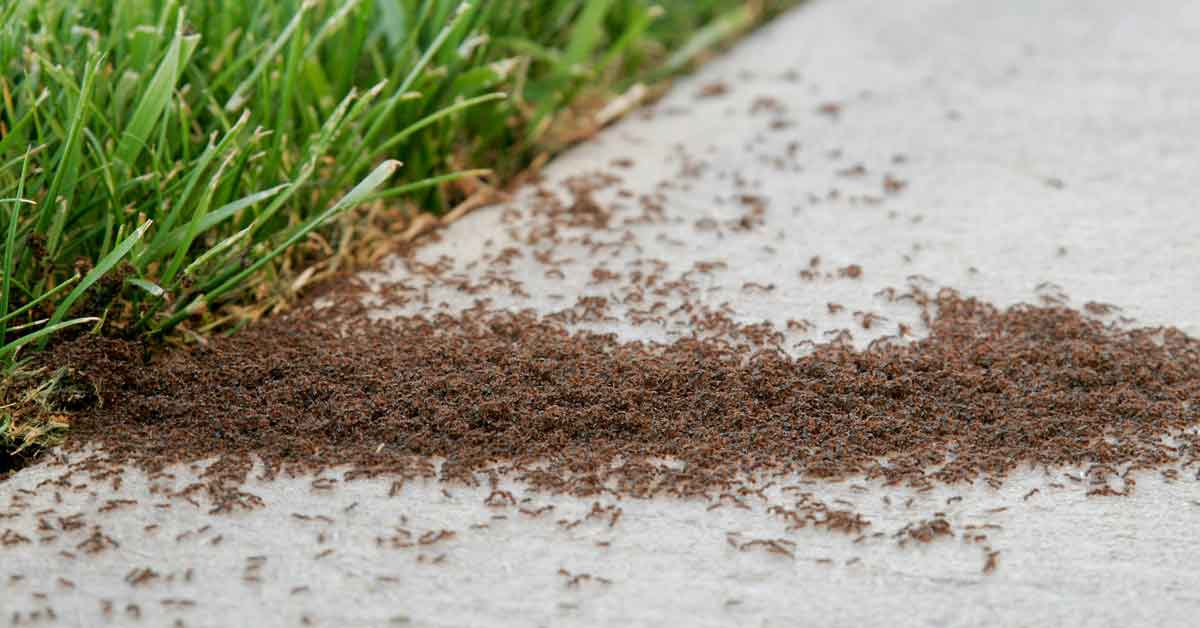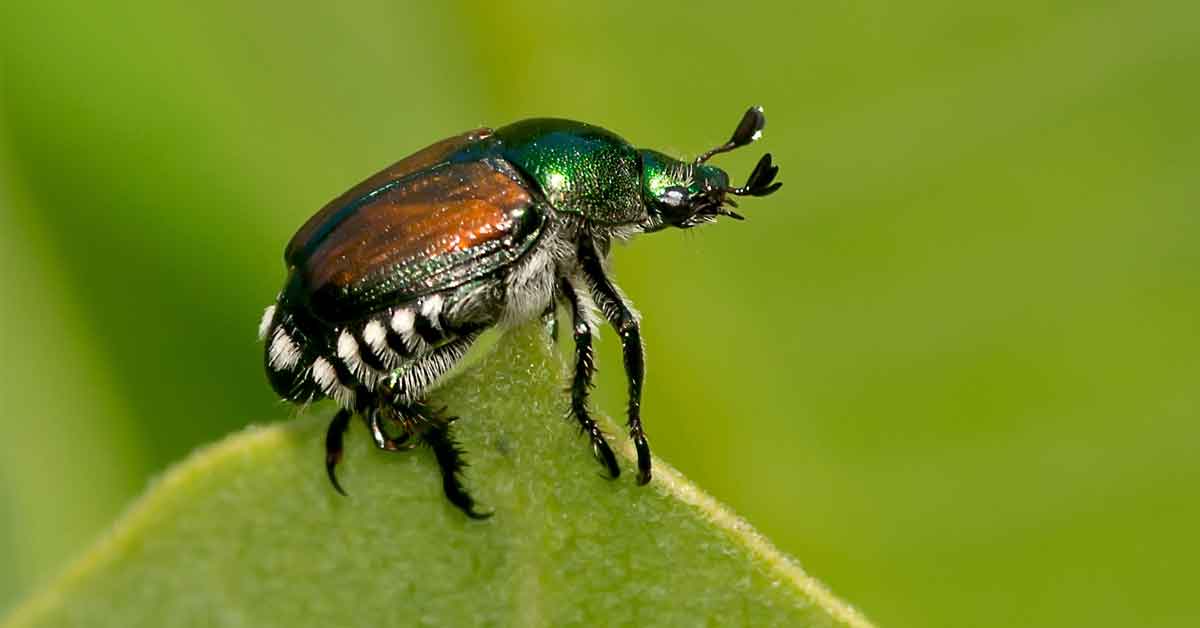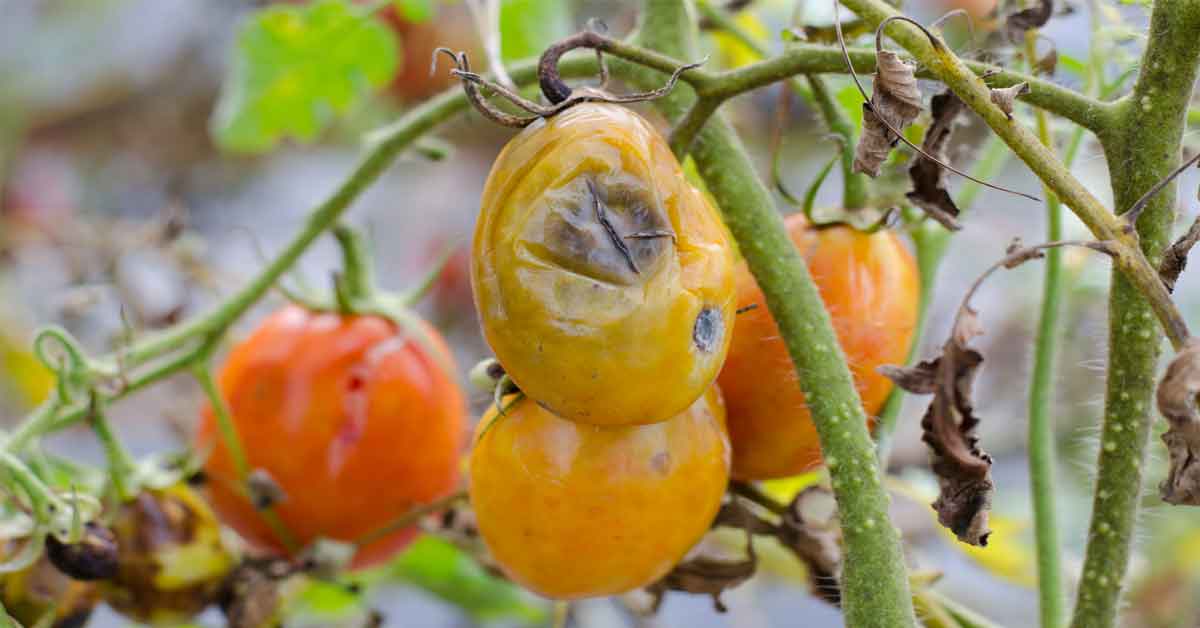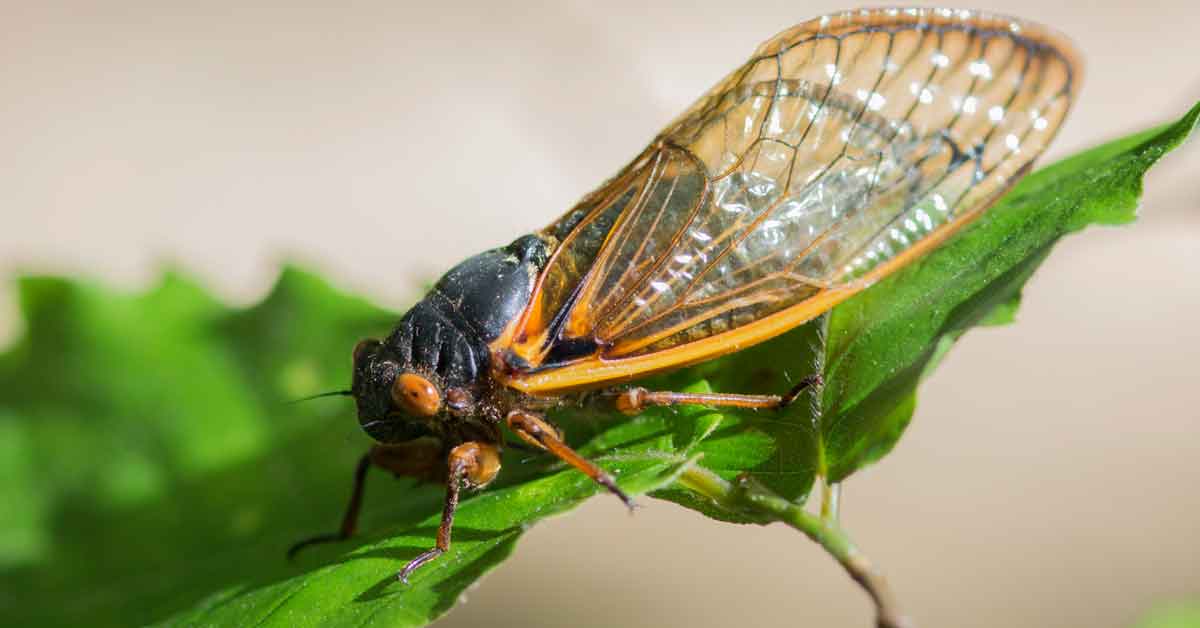Cómo sembrar, cultivar y cosechar fresas
Types of Strawberries
The key to harvesting plenty of juicy berries is to grow varieties that are well suited to your climate and purposes. When planning your strawberry patch, consider the following three main types of berries. June-bearing: This strawberry variety produces an especially heavy crop in May or June. After that first crop, you may get another small crop, but then the plants stop producing berries until the following year. This berry type works well if you want a lot of fruit all at once to make jam and baked goods. Popular June-bearing varieties include Sequoia, Chandler, Earliglow, L'Amour, Allstar, Cabot, Cavendish, Honeoye, Jewel, Kent, Sparkle, Surecrop and Seneca. Day-neutral: Day-neutral strawberries aren't affected by day length and are less sensitive to temperature extremes than other strawberry types. They form flower buds between 35 and 89 degrees Fahrenheit. This results in fruit production over a long growing season — from spring through fall, and even year-round in mild climates. Popular day-neutral varieties include Albion, Seascape, Tribute, Tristar, Selva, Sweet Ann and San Andreas. Ever-bearing: Everbearing strawberry plants produce one crop in spring and another in fall. Popular everbearing varieties include Fern, Pink Panda and Quinault.Buying Strawberry Plants
Strawberry plants come in two forms: dormant crowns and established. Dormant crowns, also known as bareroot, are available in the winter months in a semi-dormant state. Dormant crowns have much of the soil removed from their roots and can be stored in the refrigerator for up to a month before planting. Once planted, dormant crowns begin active growth. Established plants are potted up in containers and are available in the early spring. They are already actively growing and ready for in-ground planting. Find both types of plants at your local nursery.Planting Location
Soil Preparation
Strawberries need well-draining soil, rich in organic matter and on the acidic side. The soil pH should fall between 5.8 and 6.2. A pH lower than 5.8 indicates the soil is too acidic for healthy strawberry growth; soil pH higher than 6.2 indicates the soil is too alkaline. If the pH isn't in this ideal range, key nutrients won't release to the strawberry plants. This results in stunted growth and little to no fruit.
To verify that the soil pH is in the correct range, do a simple soil test. Your local county extension agent can help with information, kits and suggestions for testing laboratories. If the test results determine that the soil pH is too low, apply a product such as Pennington® Fast ActingTM Lime to raise soil pH, according to test recommendations and package directions. To lower soil pH when it's too alkaline, test results may recommend adding soil sulfur instead.
Before planting, apply a 2- to 3-inch layer of compost to the soil surface and then mix it into the soil.
Strawberries are heavy feeders, so add a fertilizer such as Pennington UltraGreen All Purpose Plant Food 10-10-10 to the soil before planting. Wait a week after adding amendments and fertilizers before planting your strawberry plants.
For container-grown strawberry plants, grow in pots that have drainage holes. Use a potting soil that contains draining agents, such as perlite or pumice.
Planting
Plant in the spring (March to mid-May, depending on your location), when nighttime temperatures remain 35 degrees Fahrenheit or above. You can even plant as late as mid-June. Avoid planting in soggy soil.Before planting, prepare bareroot/dormant crowns by soaking the roots for two hours in a bucket of water containing a tablespoon of Alaska® by Pennington Pure Kelp Plant Food 0.13-0-0.60. This will help prevent transplant shock.
Plant bareroot and potted plants in a hole that is large enough to spread the roots out. Completely cover the roots with soil, making certain that the crown (the thick part in the center of the plant from which the roots extend) is a 1/4 to 1/2 inch above ground. Firm the soil around the plant to eliminate any air pockets. Water the soil well after planting.Cultivating Backyard Strawberries
Managing Pests and Diseases
Strawberries can fall victim to a variety of pests and diseases. Strawberry-loving pests include aphid, cyclamen mite, two-spotted spider mite, earwig, snails and slugs, strawberry bud weevil/clipper, strawberry root/black vine weevil, tarnished plant bug and white grub. Sevin® pesticides treat many strawberry pests and come in ready-to-use dust and spray forms, as well as concentrate.Diseases that infect strawberry plants include various fungal infections, such as Botrytis fruit rot, leather rot, powdery mildew, red stele and Verticillium wilt. To prevent these conditions, avoid overwatering strawberries and ensure they get adequate sunlight. In addition, keep the fruit from touching the soil by mulching with pine needles, straw or hay.
Enjoying your Strawberry Harvest
Strawberries are ready for harvesting in three to five weeks after blossoming. The sunnier and warmer the weather, the sooner they'll ripen. Strawberries mature on the vine, so pick them when they are a bright red with no tinge of green or white. The best time of day to harvest is in the early morning or late afternoon, when the berries are cool and less likely to bruise. Pinch or cut the fruit, leaving some stem to help preserve freshness. Berries are perishable, so eat or refrigerate them soon after harvesting. Growing your own strawberries is a tasty and rewarding adventure. Armed with these tips, you can grow a prolific and healthy strawberry crop all season long. Total Time to Grow and Harvest Strawberries: 6-11 hours, depending on the type of garden and number of plants. Time breakdown: Select and prepare a planting site: 4-6 hours Plant: 1-3 hours Maintain: 1-2 hours per week Effort rating on a scale of 1 to 4: 2 - Easy Does ItGet Monthly Gardening Advice!

